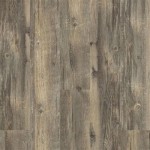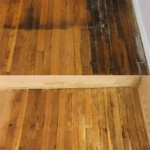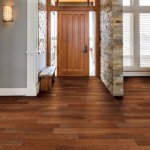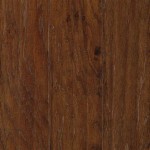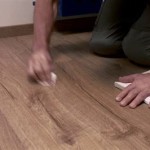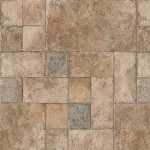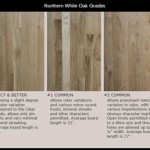Engineered Wood Flooring Over Concrete Slab: Essential Considerations
Engineered wood flooring has gained immense popularity due to its durability, affordability, and aesthetic appeal. Installing engineered wood flooring over a concrete slab is a viable option for many homeowners, but it requires careful planning and execution to ensure a successful installation.
Moisture Control
Concrete slabs are inherently porous and can emit moisture, which can damage wood flooring. To prevent moisture issues, a vapor barrier should be installed between the concrete and the engineered wood flooring. This barrier will block moisture transmission and protect the flooring from warping or buckling.
Leveling the Subfloor
Concrete slabs may not always be perfectly level, which can create unevenness in the installed flooring. Before installing engineered wood flooring, it is crucial to level the concrete slab using a self-leveling compound or other suitable method. This will ensure a smooth and stable surface for the flooring.
Underlayment
Underlayment is a thin layer of material that is installed between the concrete slab and the engineered wood flooring. It serves several purposes, including providing sound insulation, moisture resistance, and thermal insulation. Choosing an underlayment designed specifically for concrete slab installations is essential.
Expansion Gap
Engineered wood flooring expands and contracts with changes in temperature and humidity. To accommodate this movement, it is necessary to leave an expansion gap around the perimeter of the room. This gap will allow the flooring to expand and contract without buckling or warping.
Installation Method
Engaged wood flooring can be installed using two primary methods: floating or glue-down. Floating installations involve locking the planks together and allowing them to float over the underlayment. Glue-down installations require the planks to be glued directly to the concrete slab. The preferred method depends on factors such as the subfloor condition and the desired performance of the flooring.
Additional Considerations
* Acclimation: Before installing engineered wood flooring, allow the planks to acclimate to the temperature and humidity of the room for several days. * Substrate Adhesion: Use a moisture-resistant adhesive for glue-down installations to ensure a strong bond between the flooring and the concrete slab. * Transition Strips: Use transition strips to connect engineered wood flooring to other flooring types or create thresholds between rooms. * Maintenance: Sweep or vacuum the flooring regularly to remove dirt and debris. Use a damp mop to clean the flooring occasionally, but avoid excessive moisture. * Repairs: If planks are damaged, they can be replaced individually, making repairs relatively straightforward. By carefully considering these essential aspects of engineered wood flooring over concrete slab, homeowners can achieve a durable, beautiful, and long-lasting floor that enhances the aesthetic and functionality of their living space.
Installing Wood Flooring Over Concrete Diy

Hardwood Over Concrete Auten Wideplank Flooring

Getting It Right Wood Flooring Over A Concrete Subfloor Page 2 Of 3 Construction Specifier

Installing Engineered Hardwood On Concrete Twenty Oak

Installing Engineered Hardwood On Concrete Twenty Oak

Q A Solid Wood Floors Over Concrete Slabs Jlc

Installing Wood Subfloors Over Concrete Hardwood Floors
Can You Put Wood Flooring Over A Concrete Slab Instead Of Using Cement Board Quora

Installing Hardwood Floors On Concrete Subfloors

What Is Best For An Apartment Solid Oak Or Engineered Parquet Quora
Related Posts


